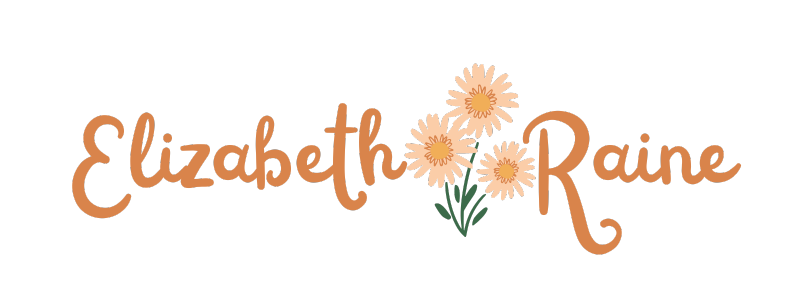Music education is transforming profoundly in the digital age, merging melody with technology. Online platforms offer accessible resources, expanding opportunities for learning and collaboration. Interactive tools and virtual classrooms enhance engagement, catering to diverse learning styles.
As traditional methods evolve, educators adapt, integrating digital innovations into curricula. Students explore music theory, composition, and performance in dynamic digital environments, fostering creativity and skill development.
Despite challenges, the digital landscape democratizes access to music education, empowering learners worldwide. Through this intersection of melody and modems, music education navigates new frontiers, enriching lives and shaping the future of musical expression.
Navigating the Digital Landscape of Music Learning
In the realm of music education, technology has sparked a transformative shift, altering the landscape dramatically. Where once instruction relied on sheet music and acoustic instruments, today’s educators harness a vast array of digital tools to enrich the learning experience.
This digital revolution offers diverse avenues for studying, composing, and performing music, from virtual instruments and composition software to specialized apps tailored for aspiring musicians. As music resources expand, educators face the challenge of navigating this digital frontier.
Striving to stay relevant and engaging, they grapple with the complexities of integrating technology effectively into their programs. Balancing innovation with tradition, they aim to optimize the educational experience, leveraging the power of technology to inspire and empower the next generation of musicians.
Unlocking Potential: The Advantages of Technology in Music Education
In music instruction, integrating technology transcends mere trend-following; it represents a gateway to unlocking students’ full potential. Technology facilitates a multifaceted approach to music theory, enabling visual engagement with digital notation and auditory analysis of intricate compositions.
Moreover, digital audio workstations offer virtual immersion in recording studio environments, empowering students to explore music production firsthand. These accessible and comprehensive tools cater to diverse learning styles, allowing educators to enrich lessons and tailor instruction to individual needs.
An exemplar of technology’s profound impact lies in online musical databases and sound libraries. These resources grant students unlimited access to various musical pieces and genres, expanding their horizons beyond conventional repertoire and fostering a deeper appreciation for diverse musical traditions.
Through this marriage of technology and music instruction, students embark on a transformative journey of exploration and discovery, harnessing the power of digital innovation to nurture their passion for music.
Harmonizing Music and Tech: Paths to Personalized Learning
In contemporary education, personalized learning stands as a pillar; in music education, technology is the conductor of this symphony. Adaptive software tracks student progress, tailoring exercises to individual paces, fostering mastery at one’s rhythm.
Simulated instrument applications enable exploration and learning, eliminating the need for immediate investment in physical equipment. This democratization of music education, facilitated by technology, showcases its pivotal role in nurturing future musicians.
By providing tailored experiences and removing barriers to entry, technology empowers learners to pursue their musical passions, regardless of background or resources. As technology continues to evolve, its integration into music education promises to shape a generation of versatile and inspired musicians, each equipped with the tools and confidence to realize their creative potential.
Striking a Chord: Enhancing Access and Equality in Music Education
Historically, music education has been marked by disparities, where socioeconomic factors dictated access to quality resources. Yet, the digital age is rapidly reshaping this landscape. With many online tutorials, courses, and interactive tools, learning music is becoming increasingly accessible and affordable.
Regardless of financial standing, individuals with internet access can now delve into music theory, instrument practice, or composition from the comfort of their homes. This virtual repository of musical knowledge is a leveling force, bridging socioeconomic gaps and fostering cultural diversity within the music industry.
As digital music resources continue to increase, they not only democratize access to education but also empower individuals from all backgrounds to pursue their musical aspirations, enriching the artistic tapestry of our society.
Confronting Challenges: Ensuring a Balanced Digital Music Education
While technology offers immense possibilities in music education, it also presents notable challenges. Digital distractions, the abundance of options, and the potential loss of traditional practices like live performances pose significant concerns.
Educators must navigate these hurdles by crafting a curriculum that strikes a delicate balance. Integrating technology without overshadowing foundational practices is critical. Creating an educational experience that embraces both the tactile sensation of playing an instrument and the convenience of digital tools is crucial.
By blending tradition with innovation, educators can orchestrate a harmonious symphony in modern music education that resonates with students’ needs, fosters creativity and prepares them for the dynamic landscape of the digital age.
As we navigate the digital transformation of music education, it becomes clear that the intersection of melody and modems holds both promise and challenges. While technology offers unprecedented access to resources and opportunities for learning, it also presents risks such as digital distraction and the potential erosion of traditional practices.
Yet, in this evolving landscape, educators stand at the forefront, tasked with harnessing the power of technology while preserving the essence of musical expression.
In conclusion, finding harmony between tradition and innovation is essential. Educators must strike a balance, integrating digital tools into curricula in a way that enhances rather than detracts from the educational experience.
By fostering a deep appreciation for both the tangible aspects of music-making and the capabilities of digital platforms, students can develop a well-rounded understanding of music and its role in society.
Ultimately, the digital transformation of music education offers immense potential to democratize access, nurture creativity, and prepare students for the ever-changing demands of the modern world.
By embracing this intersection of melody and modems with intentionality and creativity, educators can ensure that the next generation of musicians is equipped to thrive in a digital age while preserving the timeless artistry of music.





